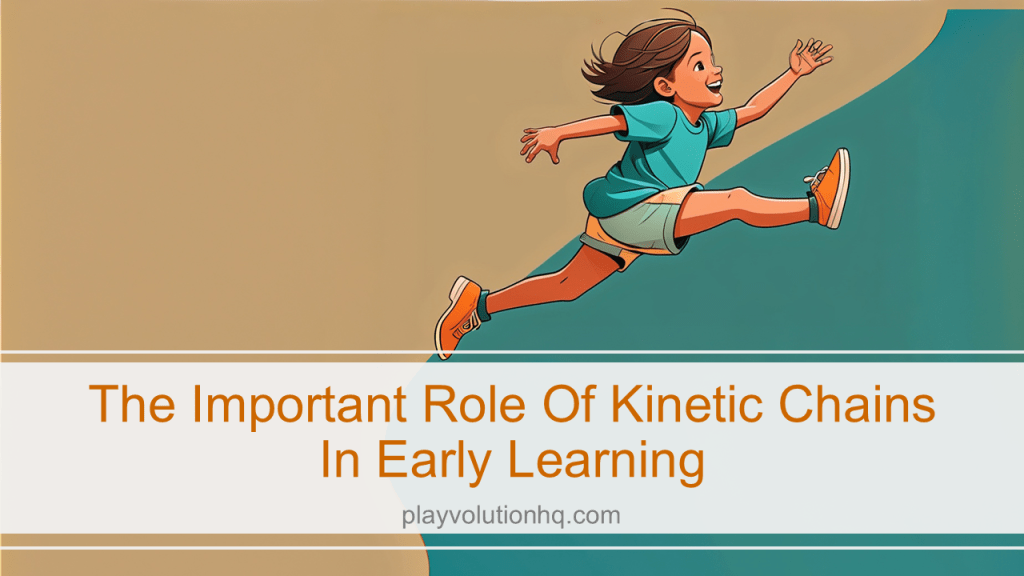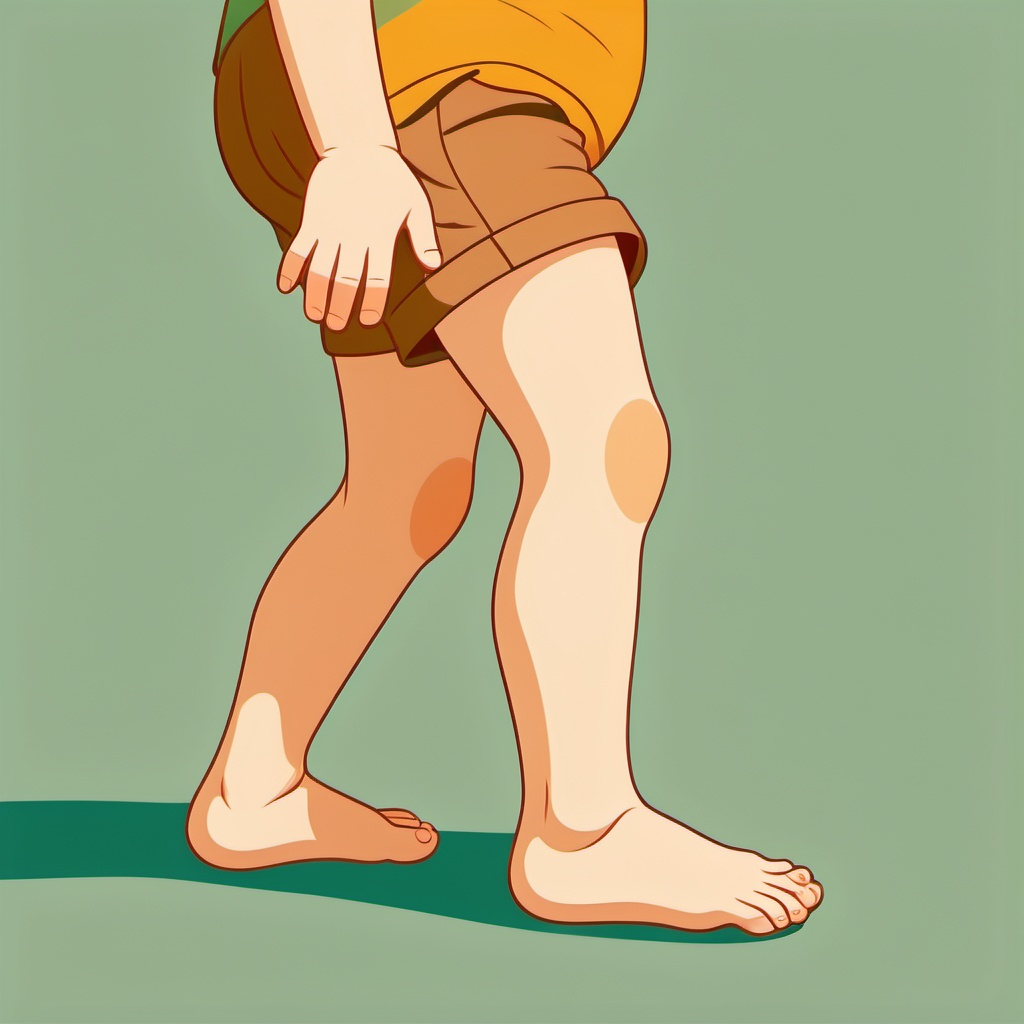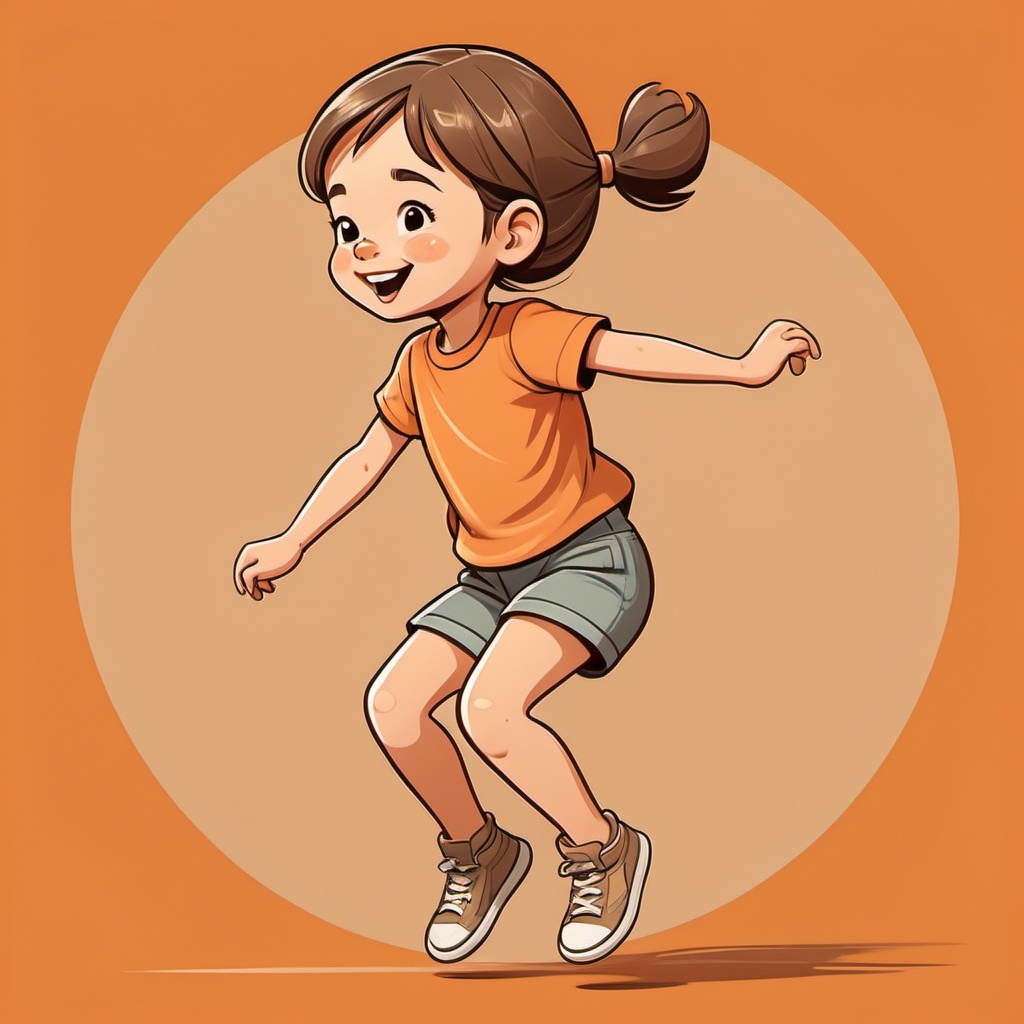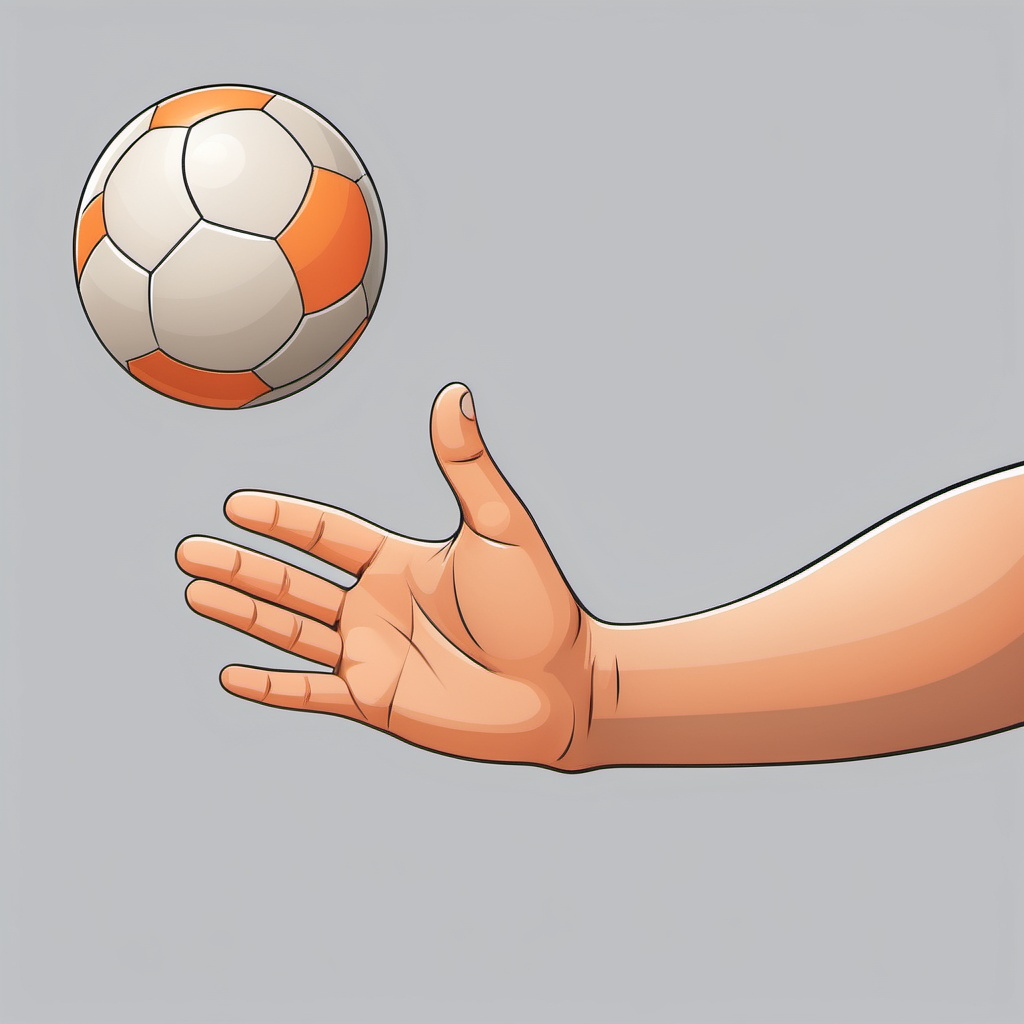
Table of Contents
The important role of kinetic chains in early learning is often overlooked, but these interconnected systems of muscles, joints, and bones are essential for building strength, coordination, and movement control. We need to step back a bit to understand the importance of kinetic chains.
We’ll start with what are called kinematic chains. A kinematic chain is a sequence of linked segments where the motion of one affects the others. This applies to any mechanical setup where jointed components interact: steam-powered locomotive wheels, racecar suspensions, or human arms, for example.
Picture a crane on a construction site lifting a bulky air conditioning unit to the top of a 5-story building: its heavy base anchors a tower of steel segments that support connected cables and pulleys; as the operator turns a gear, force ripples through this kinematic chain, swinging the arm and lifting the load skyward.
Kinematic Chains: Linked segments that transmit motion.
Kinetic Chains: Linked segments that transmit motion and force in living bodies.
While kinematic chains focus on the mechanics of motion in systems like cranes, kinetic chains in early learning have a biological focus—the interconnected systems of muscles, joints, and bones that shape how kids move.
For example, when a child climbs a slide’s ladder, force flows through the bones, ligaments, tendons, and muscles in their feet, ankles, legs, hips, core, shoulders, and arms in a coordinated sequence.
A strong kinetic chain allows for smooth, controlled movement, while a weak or uncoordinated kinetic chain can lead to instability or inefficient motion. Understanding the important role of kinetic chains in early learning helps caregivers provide movement-rich environments that support a child’s development.
Types Of Kinetic Chains
There are two main types of kinetic chains:
- Open Kinetic Chains – The limb moves freely in space. Example: Swinging a bat, reaching for a toy, or kicking a ball.
- Closed Kinetic Chains – The limb is anchored against a surface. Example: Squatting, pushing off the ground, or gripping monkey bars.
Note that closed kinetic chain activities promote greater joint stability and muscle co-activation because they are anchored to a surface. These chains depend on sensory input, movement experience, and physical effort to develop fully. Play-based movement is key to strengthening them, which is why the important role of kinetic chains in childhood development cannot be ignored.

How Resistance Builds Strength And Coordination
Heavy work is movement that engages resistance—pushing, pulling, lifting, climbing, or carrying weight. These activities activate kinetic chains in a way that builds muscle mass, strengthens coordination, and helps the body regulate force. These resistance activities also stimulate bone density development in children.
Heavy work strengthens a child’s ability to control movement, judge effort, and build endurance. Activities like dragging a wagon full of rocks, climbing up a slide, or digging a hole create resistance that challenges a child’s muscles and joints while reinforcing proper movement patterns.
When children engage in playful heavy work, their kinetic chains are forced to stabilize, generate power, and adjust to shifting weight. This is a key component of how movement becomes more controlled and efficient over time, reinforcing the important role of kinetic chains in physical and cognitive development.
How The Sensory Systems Support Kinetic Chains
Kinetic chains don’t just rely on muscles and bones—they are guided and refined by sensory input. The body uses 5 sensory systems to process information about movement, balance, space, and force, all of which contribute to the important role of kinetic chains in movement efficiency. Let’s take a look:
- Proprioception (Body Awareness) – Sends feedback from muscles and joints, helping children know where their body is in space.
- Vestibular ( Balance And Motion) – Detects movement and head position, keeping children stable.
- Tactile (Sense Of Touch) – Provides information from the skin about texture, pressure, and body position against surfaces.
- Visual (Sight And Spatial Awareness) – Helps children judge distances, track moving objects, and adjust body position.
- Interoception (Internal Body Awareness) – Helps children feel muscle fatigue, hunger, thirst, and body temperature, affecting endurance and regulation.
Together, these sensory systems provide the feedback necessary for smooth, efficient movement. Children who struggle with balance, coordination, or body control often have sensory processing challenges that affect their kinetic chains, further highlighting the important role of kinetic chains in early movement experiences.
Beyond Kinetic Chains: Other Senses During Active Play
While they do not play a role in kinetic chains—which rely on muscles, joints, and direct movement feedback—these sensory systems feed information to the brain during active play.
- Auditory (Hearing)–Chasing a bouncing ball’s sound.
- Olfactory (Smell)–Smelling mud while digging.
- Gustatory (Taste)–Tasting sweat during a chase.
All the movement gives these systems a workout they don’t get during sedentary activities.

Examples Of Play That Strengthens Kinetic Chains
Infants And Toddlers: Building Foundation Strength
Fourteen-month-old Amir pulls up on the couch, shifting his weight between his legs while his hands stabilize him. His kinetic chain begins at his feet, where his toes dig into the floor. The force moves up his legs into his knees and hips, engaging his core to stabilize his posture. His hands press into the couch for extra support, activating his shoulder and arm muscles. As he lets go and stands upright, his vestibular system adjusts his balance, while proprioception helps him judge how much force to apply as he takes a tentative first step. Before this, months of crawling (a foundational closed-chain activity that builds cross-body coordination) prepared his body for his first steps.
Other Activities: Rolling, scooting, climbing onto low furniture, pushing a weighted toy cart.
Preschoolers: Strengthening Coordination And Control
Three-year-old Layla jumps off a log, engaging her entire lower-body kinetic chain for takeoff and absorbing impact upon landing. As she crouches to jump, force builds through her feet, ankles, knees, and hips. Her arms swing forward as she launches in an open kinetic chain movement, adding momentum. Her vestibular system keeps her upright in the air and helps her prepare for landing. When her feet hit the ground, force transfers back up through her legs and into her core, which absorbs the impact and prevents her from falling. Her proprioceptive system helps her adjust and stabilize her balance before running off.
Other Activities: Hopping on one foot, rolling down hills, pushing a heavy wagon, rough-and-tumble play.
Early Elementary (Ages 6-8): Enhancing Strength And Stability
Seven-year-old Malik climbs a tree, using his arms and legs in a coordinated effort while adjusting his balance through vestibular input. His hands pull down as he grips a low branch while his feet push up against the tree trunk, creating a closed kinetic chain. Force transfers through his wrists, elbows, shoulders, and core as he hoists himself upward. His vestibular system processes constant shifts in head position, adjusting his balance. His proprioceptive system helps him judge how much force to use when gripping the next branch or shifting his feet.
Other Activities: Jumping rope, sprinting and stopping suddenly, balancing on a curb, carrying heavy backpacks.
Older Kids (Ages 9-10): Refining Precision And Power
Ten-year-old Naomi balances on a slackline, constantly adjusting her posture as force moves through her kinetic chain to maintain stability. Her feet grip the line, creating tension in her ankles and calves, transferring force through her knees, hips, and core. Her arms extend outward in an open kinetic chain movement, counterbalancing her body. Every micro-movement requires tiny adjustments in her vestibular system to maintain equilibrium, while her proprioceptive system helps her sense how much pressure to apply to each footstep.
Other Activities: Parkour, monkey bars, bike tricks, rock climbing.

Wrap-Up
The important role of kinetic chains in early learning is evident in how children move, develop strength, and build coordination. These systems use sensory input, movement experience, and resistance-based play to function optimally. Activities like climbing, jumping, carrying heavy objects, and engaging in rough-and-tumble play provide the sensory and muscular input children need to develop efficient, confident movement patterns.
Children need daily opportunities for unrestricted and self-directed movement. The stronger their kinetic chains, the more capable and physically confident they become. Recognizing the important role of kinetic chains helps caregivers create environments that support children’s natural movement development and set the foundation for lifelong physical competence.
Contribute content to Playvolution HQ
Brought to you by Explorations Early Learning
Browse Trainings
Author
Jeff Johnson is an early learning trainer, podcaster, and author who founded Explorations Early Learning, Playvolution HQ, and Play Haven.
In-Person And Online Training
Learn how to book an in-person or online training for your organization on these early learning topics.
Support The Site
I participate in the Amazon Services LLC Associates Program, an affiliate advertising program designed to provide a means for me to earn fees
by linking to Amazon.com and affiliate sites.
Thanks To Our Patrons
This post was made possible by patrons like these, who generously fund our work:
Supporters
Lissadell Greene Stephanie Goloway Jennifer Stark
Lagina Kozak Michelle Hankins
Marie Messinger Tamara L. Lakin
Fans
Jen Flemming Lizz Nolasco Cynthia J Bays
Susan Warner Kelly Sigalove Shawn Wolf
Vittoria Jimerson Codee Gilbert Wendy Tedford
Monica Morrell Pam Soloman Melissa Franklin
Teresa Watson Erika Felt Autumn Peele
Melissa Taylor Jahmeela Robinson Stacie Manning
Amber Maurina Terra Calamari Anne Jackson
Lagina Kozak Samantha Yeager-Cheevers
Elizebeth McCoy Sammy Cousens Ellen Cogan


Leave a Reply